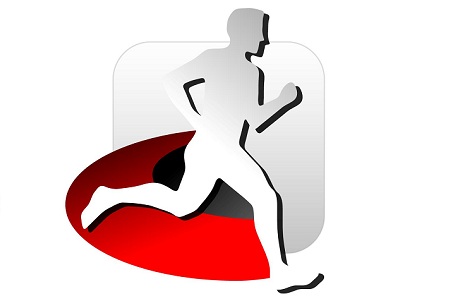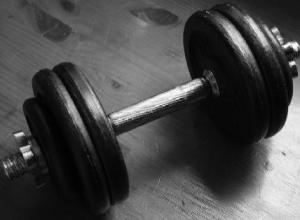Alternative Therapies
- Alternative Medicine
- Access Bars
- Access Consciousness
- Acupressure
- Acupuncture
- Akashic Records
- Ancestral Healing
- Ancient Magnetism
- Angel Healing
- Aura Reading
- Ayurveda
- Bach Flower Remedies
- Breathwork
- Cosmetic Acupuncture
- Crystal Healing
- Cupping Therapy
- Emotional Freedom Technique (EFT)
- Energy Healing
- Energy Medicine
- Ergonomics
- Family Constellation
- Face Reading
- Fengshui
- Geopathic Stress Graphology
- Heal Your Life
- Holistic Solutions
- Holy Fire Reiki
- Homeopathy
- Hypnotherapy
- Lama Fera
- Jikiden Reiki
- Law of Attraction
- Manual Therapy
- Meditation
- Melchizedek Method
- Merlin Trinity Healing
- Motivational Counseling
- Mudra Healing
- Nadi Vaidya
- Naturopathy
- Neuro Linguistic Programming (NLP)
- Numerology
- Panchakarma (Ayurveda)
- Past Life Regression
- Physiotherapy
- Pranic Healing
- Pyramids
- Quantum Touch Healing
- Reiki
- Rudraksh
- Silva Mind Control Method
- Sound Healing
- Star Magic Healing
- Sujok therapy
- Symphony of Possibilities
- Tarot
- Theta Healing
- Unani Medicine
- Violet Flame Healing
- Yoga
Diseases & Conditions
- Acne & Pimples
- Allergies
- Arthritis
- Asthma
- Behavioural Disorders
- Dandruff
- Diabetes
- Emotional Problems
- Gallstones
- Gastritis
- Hairloss
- Heart Diseases
- Hormonal Problems
- Hypertension
- Immune Disorders
- Infections
- Infertility
- Jaundice
- Kidney Disorders
- Liver Disorders
- Menstrual Disorders
- Migraine
- Neck & Back Pain
- Obesity
- Osteoporosis
- Peptic Ulcer
- Prevention
- Prostate Problems
- Psoriasis
- Sexual Dysfunctions
- Sinusitis
- Sleep Disorders
- Skin Diseases
- Stress
- Thyroid Disorders
- Ulcerative Colitis
- Urinary Infections
General Wellness

SPORTS INJURIES
Athletes and other people who exercise vigorously risk injury. Sports injuries often occur in people who are new to a sport, begin to exercise after prolonged inactivity, or do not warm up properly before exercise. Men are at greater risk because they play more contact sports. Any part of the musculoskeletal system may be injured while playing sports. In some sports, there is an increased risk of injury to a specific part of the body.
Bone injuries
Many sports activities can cause damage to the bones, either through repetitive actions or as a result of an impact with another person, the ground, or equipment, such as a bat or a ball. Bones may be broken or cracked during contact sports such as rugby. The repetitive jarring of bones of the lower limbs of runners may cause stress fractures.
Joint injuries
The bones that form a joint may partially or completely pull apart during sports that put them under great strain, such as javelin throwing. Dislocation is also a risk in all contact sports. A common injury among football players is damage to the cartilage pads in the knee joint .
Ligament and tendon injuries
The fibrous bands of tissue that hold the structures of the musculoskeletal system together are often injured during sports activities. Ligaments, which hold the bones together, may become damaged by a sudden twisting movement or during a fall . Tendons, which attach muscle to bone, may become torn during athletic activities, such as jumping, that involve a sudden muscle contraction.
Muscle injuries
Most sports rely on strength and suppleness of the muscles, and damage to muscles is common in athletes . For example, calf strain, overstretching of the muscles in the calf region, is a common injury in basketball players. Muscle injury is frequently caused by sudden, strenuous movements and lifting heavy objects.
Can sports injuries be prevented?
Many sports injuries could be prevented by warming up correctly before starting exercise (see Warming up and cooling down in your exercise routine). Adequate preparation can increase flexibility and reduce stiffness in the muscles and joints. In sports such as running, you should start gently, gradually increasing your pace to prevent placing too much strain on your body. Wear clothes and footwear designed for your type of sport and use recommended safety equipment.
What might be done?
Many minor injuries to ligaments, tendons, and muscles can be treated using basic techniques, such as applying a cold compress or an ice pack to the affected areas, and nonsteroidal anti-inflammatory drugs. If a sports injury is causing intense or persistent pain, you should consult a doctor. He or she will examine you and may arrange for you to have an X-ray to check whether you have sustained a fracture.
If you have a fracture, it may be necessary to immobilize the injured area by using a cast (see Fracture treatments). Surgery may be required for some injuries, such as a ruptured tendon. You may also need physiotherapy from a sports therapist. You should not participate in any sports until you are free of pain.




